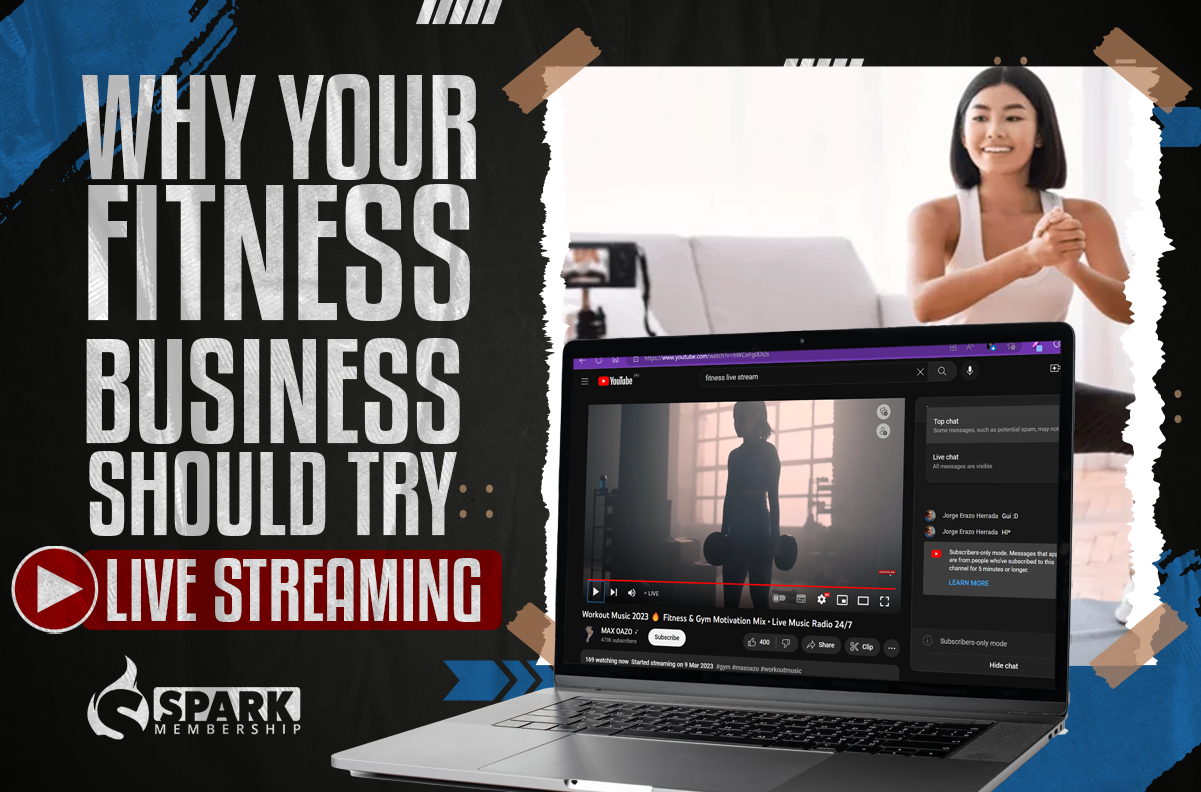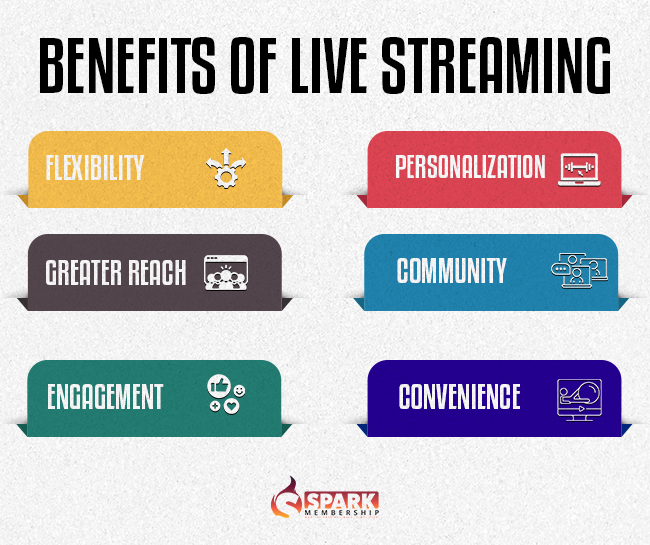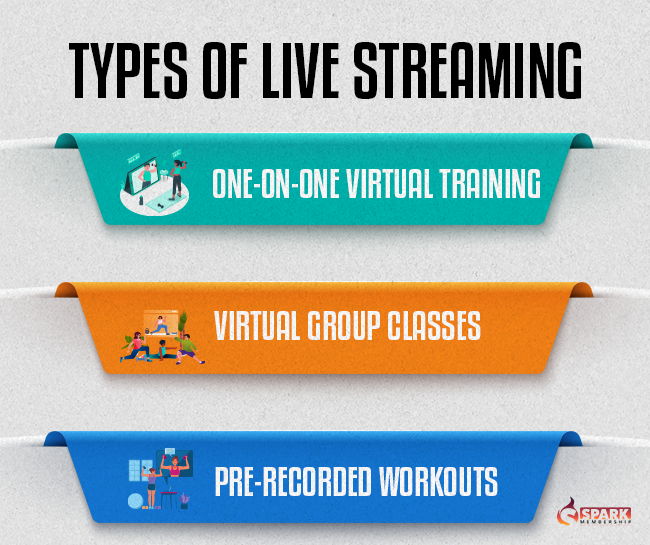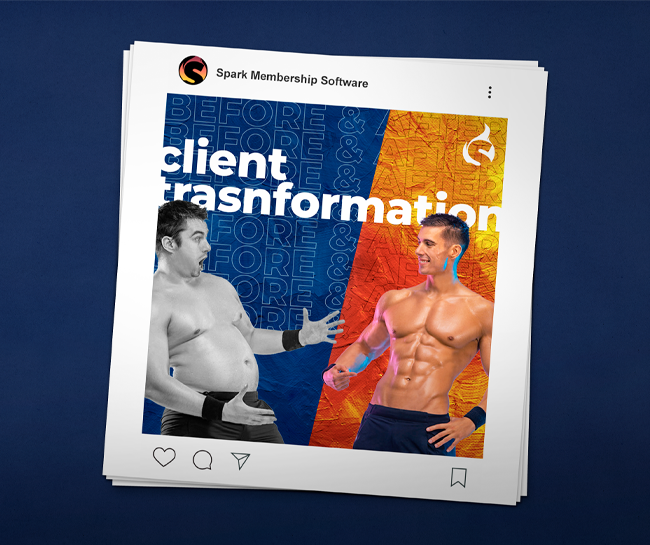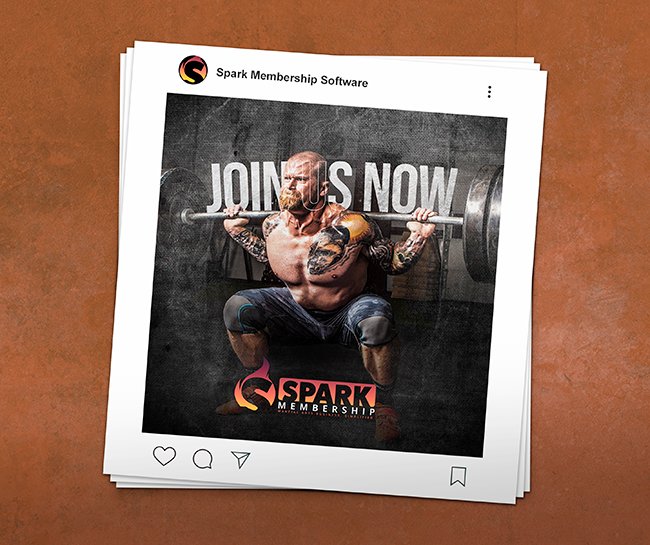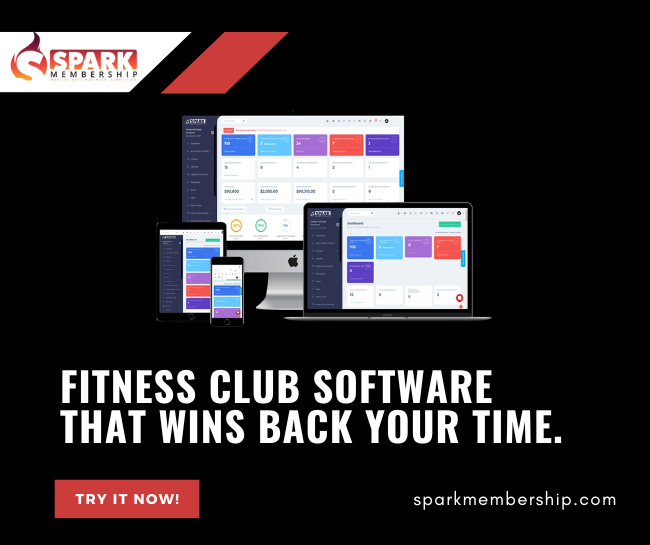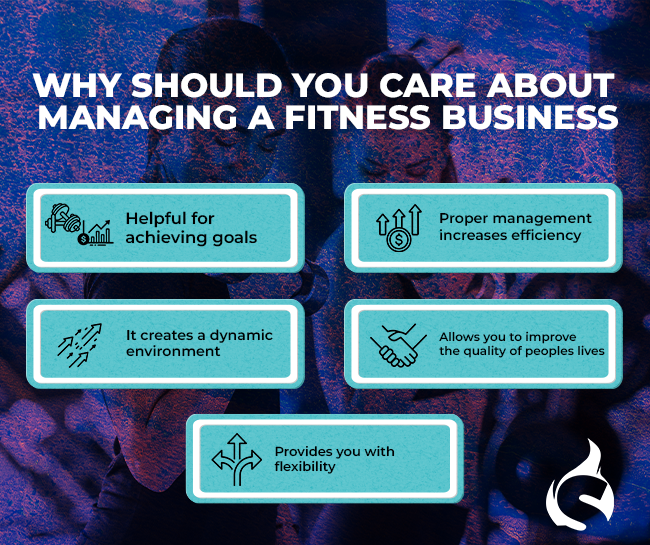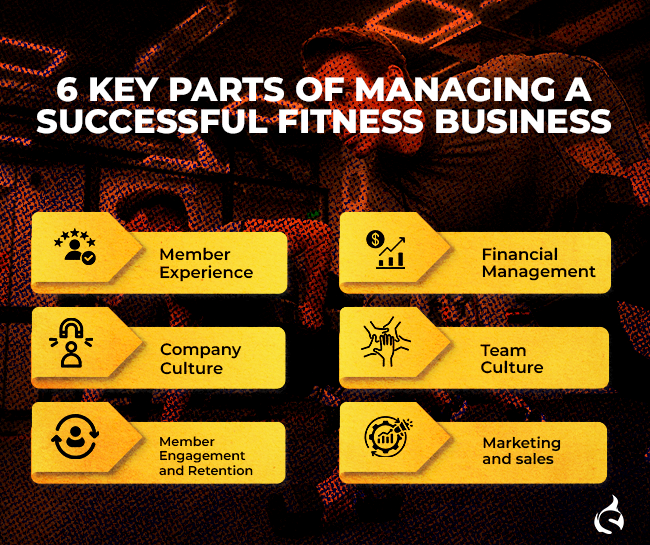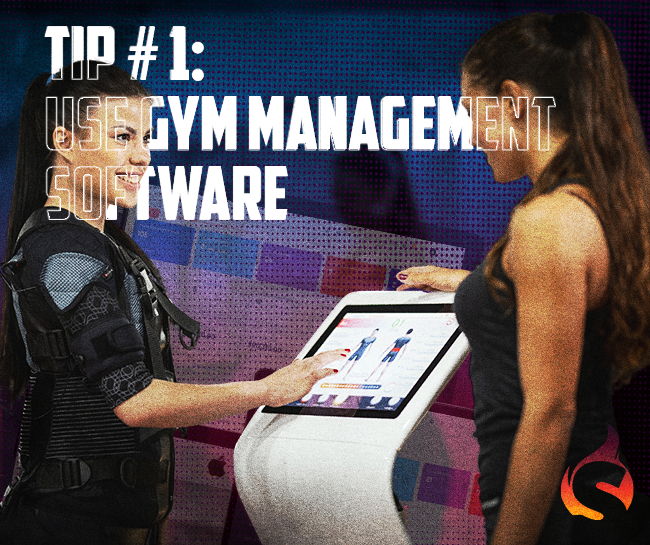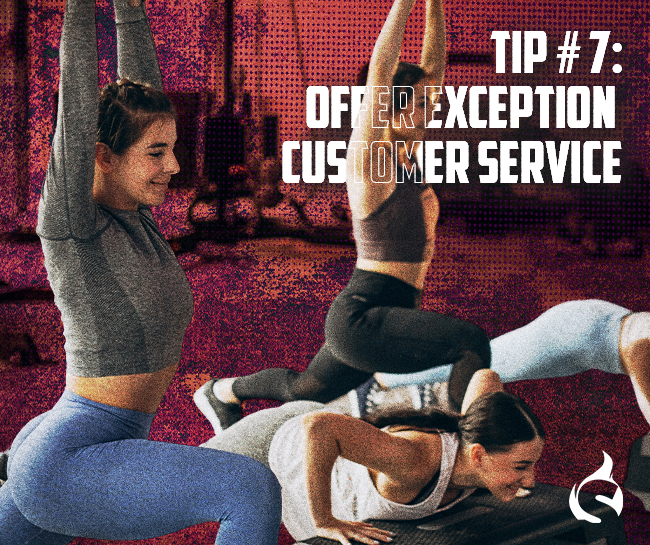
Opening a second location for your fitness business is a significant milestone, but it’s also a venture fraught with potential pitfalls. Recognizing and avoiding these common errors can be the difference between a flourishing expansion and a costly misstep. Let’s delve into the key mistakes to steer clear of as you grow your fitness empire.
- Misjudging the Location: A Critical Error

The choice of location can make or break your second fitness center. It’s not just about finding a space; it’s about finding the right space.
- Inadequate Market Research: Not thoroughly researching the local market can lead to an unprofitable location. It’s essential to understand the demographics and the demand for fitness services in the area.
- Ignoring Competition: Overlooking the existing fitness centers in the vicinity can lead to unexpected competition. It’s vital to assess the saturation of the market and identify how your gym can offer something unique.
- Cannibalizing Your Own Business: Choosing a location too close to your existing center can split your customer base. Find a balance between reaching new clients and not undermining your current location.
💡 Misjudging the location for a second fitness center can result in reduced customer flow and increased costs, negatively impacting its success.
- Hiring Mistakes: The Human Element
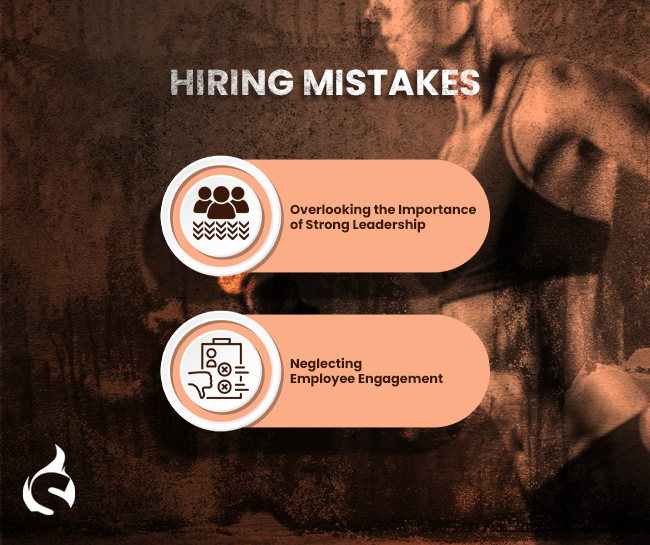
Your team is a critical component of your success, and missteps in hiring can have long-lasting repercussions.
- Overlooking the Importance of Strong Leadership: Underestimating the importance of experienced and competent management for the new location is a common error. A strong leader can foster the right culture and drive business success.
- Neglecting Employee Engagement: Failing to instill your business values in new employees can lead to a disjointed team and inconsistent customer experience.
💡 Avoiding hiring mistakes for your second fitness location is essential to maintain quality, uphold your brand’s reputation, and minimize costs.
- Inefficient Operational Systems: A Recipe for Chaos

Without robust operational systems, managing multiple locations can become a logistical nightmare.
- Lack of Standardized Processes: Not having a uniform system across both locations can lead to confusion and inefficiency. Standardized processes ensure a consistent and smooth operation.
- Inadequate Training: Skipping comprehensive training for new staff members can result in inconsistent service quality and a diluted brand experience.
- Brand Inconsistency: Losing Your Identity
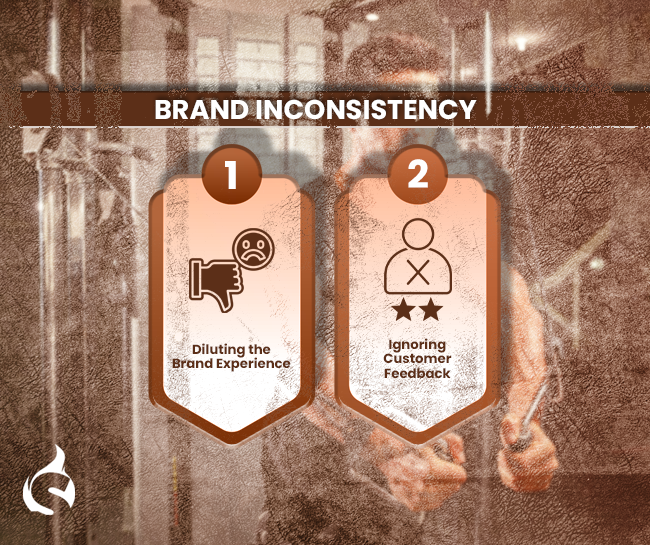
Maintaining a consistent brand experience across all locations is vital for customer loyalty and brand recognition.
- Diluting the Brand Experience: Each location should reflect the core values and unique selling propositions of your brand. Failing to do so can confuse customers and weaken your brand.
- Ignoring Customer Feedback: Not leveraging insights from your existing clientele about what they value in your brand can lead to missing your brand’s “secret sauce” in the new location.
💡 Brand inconsistency can lead to confusion, dissatisfaction, and potential loss of customers. To succeed when opening a second fitness location, maintaining a cohesive and recognizable brand image is essential for customer satisfaction, loyalty, and long-term business growth.
Expanding your fitness business with a second location is a significant move that demands careful consideration and strategic planning. By avoiding these common mistakes, you can ensure that your new location not only thrives but also complements and enhances your overall brand. Remember, each decision in this process is an opportunity to reinforce and expand the reach of your fitness empire.
Ready to expand your fitness empire with a second location? Don’t make rookie mistakes! Optimize your management with Spark Membership Software. Get started today for a streamlined, profitable fitness studio.


























